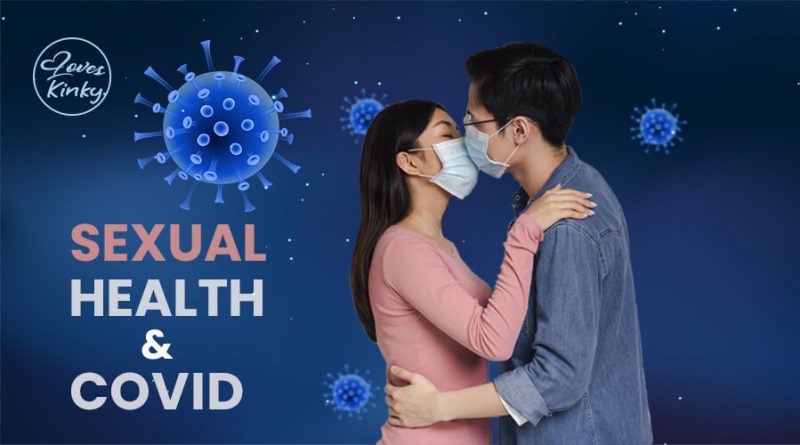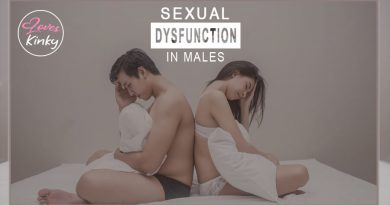Effect of COVID-19 Pandemic on Human Sexual Behaviour
This study aims to see whether or not the COVID-19 pandemic influenced people’s sexual lives. A few statistics and data support this analysis.
In December of 2019, a new variety of viruses was first reported in China (Wuhan province, Hubei). The SARS CoV 2 (Severe Acute Respiratory Syndrome Coronavirus Type 2). Since it was first reported, the virus has spread rapidly worldwide, taking the shape of a global pandemic. As a result, it posed a severe public health challenge.
A brief on SARS CoV2 Virus
Over time, it was leant that the SARS CoV 2 virus was highly infectious and led to a considerable toll of infections and deaths. By the end of November 2021, it was estimated that nearly 5 million people had died because of the virus. Another 250 million people were infected. All of this happened when there was no provision for the lack of immediately available effective and specific treatment methods and vaccines. It took considerable time to understand the virus, and accordingly, means to fight the virus were introduced later. Before that, decisions and policymakers were working hard to prevent the spread of this virus through non-pharmaceutical interventions or means called as NPIs. These majorly included public health and hygiene practices along with precautionary measures that are in force even today.
Objectives
The main objective of these practices and programs was to contain the spread of the transmission. These practices included self-isolation and social distancing. Indeed, such inventions contributed reasonably to saving lives. At the same time, it had a deep impact on the psychological and societal aspects of people’s daily routine and changed a lot of their habits. Governments across the world have been closely monitoring the implementation of these measures. They have also been trying to mitigate the social burden generated by Covid.
Findings Related To Covid 19 Influence on Sexual Health
During the Covid pandemic, people worldwide have been going through panic, anxiety and depression, apart from economic and financial problems. These include unemployment, reduced income and poverty. These factors have had significant consequences on the sexual activity of individuals. In addition, due to restrictions on several activities such as sports and entertainment, there has been increased psychological stress leading to negative repercussions on sexual functioning and activity.
In this respect, it can be said that people’s sexual behaviours might undergo some changes due to unusual conditions. Depending on the case, it may even change dramatically. For example, proximity or being away from a sexual partner can lead to an emotional influence on the relationship, which going ahead has direct repercussions on their relationship and sexual behaviour. Ultimately, it affects the sexual behaviour of the concerned individual.
Key symptoms of Sexual dysfunction
Sexual disorder or dysfunction is usually characterized by impairment or disturbance in the ability of a person to respond to or experience sexual pleasure sexually. Such dysfunctions may include:
- Hypoactive sexual desire.
- Erectile dysfunction (ED).
- Ejaculatory and orgasmic mess.
- Genito-pelvic penetration difficulties.
Statistics And Data
Several pieces of research have indicated that confinement because of the virus outbreak and psychological stress have magnified sexual disorders. During the lockdown, it was reported that nearly 35 per cent of people in the world went through a decreased sexual activity. Nearly 18.20 per cent of males and 26.40 per cent of females revealed a decrease in sexual activity. Another study revealed that there was a decrease in sexual activity by 18 per cent among men and 8 per cent among women. Sexual activity happens to be an umbrella term and includes various forms of sexual expression and behaviour. While sexual activity generally includes sexual intercourse, it includes aspects such as kissing, hugging, flirting, petting, desire, affection and masturbation.
Also Read: Best Way To Achieve Cervical Orgasm
The Covid 19 pandemic was a critical situation, and it greatly affected both the frequency and duration of sexual activity along with the quality of sexual intercourse. So it was because sexual activity turned out to be a reason for the contraction of SARS CoV 2. Moreover, since the virus could be easily transmitted through close contact, people were sceptical of whether they should even touch each other or not.
The bottom line
Various reports from countries across the globe suggest that alcohol consumption increased during the pandemic since people thought that having a higher concentration of alcohol in the body would protect them from the virus. As a result, alcohol consumption went up by nearly 45 per cent. Fear and misinformation led people to believe that alcohol could kill the virus, so many people resorted to alcohol consumption. However, the fact is that alcohol consumption happens to be among the predisposing factors for the development of sexual disorders. Decreased libido and erectile dysfunction are the most common.
Almost 30% of people had to remain in self-isolation for an extended period. It became difficult for such people to go out or travel. Hence, such people had to remain at home, so there was less scope for cultivating intimate and private relationships. Concern about the child in such circumstances led to anxiety and stress, reducing the urge to engage in sexual activities. Also, it was observed that sexual stress was greater among women than in men. All surveys and research indicated that Covid 19 restrictions led to sexual dysfunction and reduced sexual activities.




